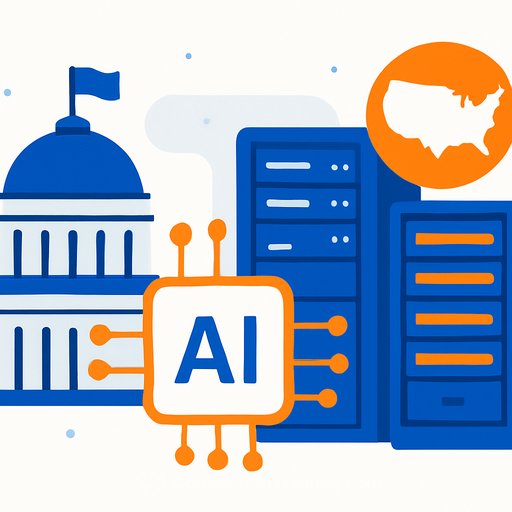Government Deploys AI, Drones, and Satellite Imaging to Fight Illegal Narcotics Cultivation
The Indian government has stepped up efforts to detect and eliminate illegal cultivation of narcotics like opium poppy and cannabis by leveraging Artificial Intelligence (AI), drone technology, and satellite imaging. These advanced tools enhance the monitoring capabilities of enforcement agencies and enable targeted eradication drives.
Collaborations with Research Institutions
The Narcotics Control Bureau (NCB) works closely with specialised research centres such as the Advanced Data Processing Research Institute (ADRIN) and the Bhaskaracharya National Institute for Space Applications and Geo-informatics (BISAG-N). These institutions provide satellite imagery that helps identify areas suspected of illegal cultivation. The NCB then shares geo-spatial data with state governments and other stakeholders to coordinate ground-level destruction of these crops.
Drones in Surveillance and Eradication
The Central Bureau of Narcotics (CBN) has integrated drone technology into its operations for detection and eradication efforts. Over the past three years, drone surveys have targeted poppy cultivation in districts of Arunachal Pradesh (Namsai, Lohit, Anjaw) and Uttarakhand (Uttarkashi, Tehri), as well as cannabis cultivation in Himachal Pradesh’s Kullu district. No drone-based operations have been reported in Andhra Pradesh to date.
Geographical Coverage of Satellite Monitoring
Satellite surveillance has expanded across several states for both opium poppy and cannabis cultivation:
- Opium Poppy: Manipur (Kangpokpi, Senapati, Ukhrul, Churachandpur, Tengnoupal), Jharkhand (Chatra, Latehar, Palamu, Khunti, Ranchi), Bihar (Gaya), Arunachal Pradesh (Lohit, Namsai, Anjaw, Tirap, Longding, Upper Siang), Uttarakhand (Uttarkashi, Tehri Garhwal), Himachal Pradesh (Kullu, Mandi), Jammu & Kashmir (Anantnag, Badgam, Bandipore, Baramula, Kulgam, Pulwama, Shupiyan), and West Bengal (Birbhum, Coochbehar, Malda, Murshidabad).
- Cannabis: Andhra Pradesh (Visakhapatnam, Alluri Sitarama Raju), Odisha (Malkangiri, Rayagada, Kandhamal, Gajapati, Ganjam, Boudh), Tripura (West Tripura, Sipahijala, South Tripura, Gomati, Khowai), and Himachal Pradesh (Kullu, Mandi, Chamba, Hamirpur, Kangra).
Data Integration and State Support
The Ministry of Home Affairs clarified that enforcement data collected through AI, drones, and satellite imaging is not currently integrated into the NIDAAN portal, which tracks narcotics-related information. The Narcotics Control Bureau’s role remains focused on sharing satellite imagery and geo-spatial data, while actual enforcement and eradication efforts are carried out by state governments and relevant authorities.
This approach ensures that states have actionable intelligence to efficiently target illegal cultivation and coordinate eradication drives on the ground.
For government officials interested in expanding their knowledge of AI applications in public administration and enforcement, a variety of practical courses and resources are available at Complete AI Training.
Your membership also unlocks:





